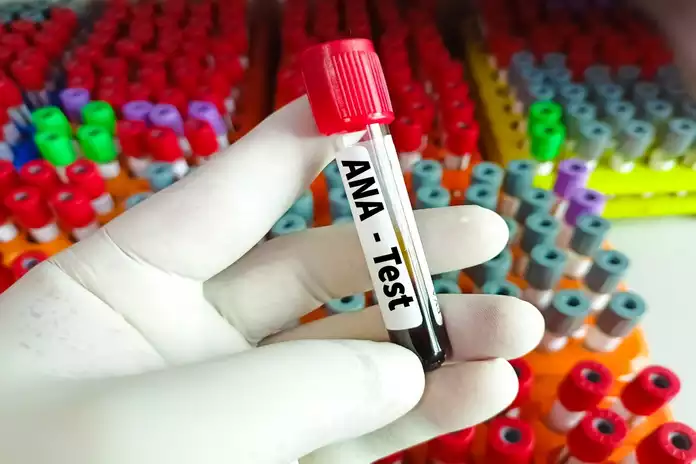Diagnosis of Systemic Lupus Erythematosus (Lupus)

No single test can detect lupus. Doctors usually rely on a combination of clinical findings, medical history, and laboratory tests. Here are some diagnostic tests commonly used to diagnose lupus:
- ANA Test: Antinuclear Antibody (ANA) test: It is the most common test used to diagnose Lupus. It detects the presence of autoantibodies against the cell nucleus, which is present in most people with Lupus.
- Anti-dsDNA: This test measures the level of antibodies against double-stranded DNA, which is present in the nucleus of the cell.
- Anti-Smith: This test detects the presence of antibodies against Smith, a protein that is involved in the processing of RNA.
- Anti-Ro (SSA) and Anti-La (SSB): These tests measure the level of antibodies against Ro and La, which are proteins that are commonly present in people with Lupus.
- Complement Levels: Lupus can cause a decrease in the levels of complement proteins, which are involved in the immune response. A low level of complement proteins is often seen in people with Lupus.
- CBC: Complete Blood Count (CBC) can detect anemia and low platelet count, which are common in Lupus.
- Urinalysis: Urinalysis can detect the presence of protein or blood in the urine, which can indicate kidney involvement in Lupus.
- Biopsy: In some cases, doctors may perform a biopsy of affected tissue, such as skin, kidney, or lung, to confirm the diagnosis.

